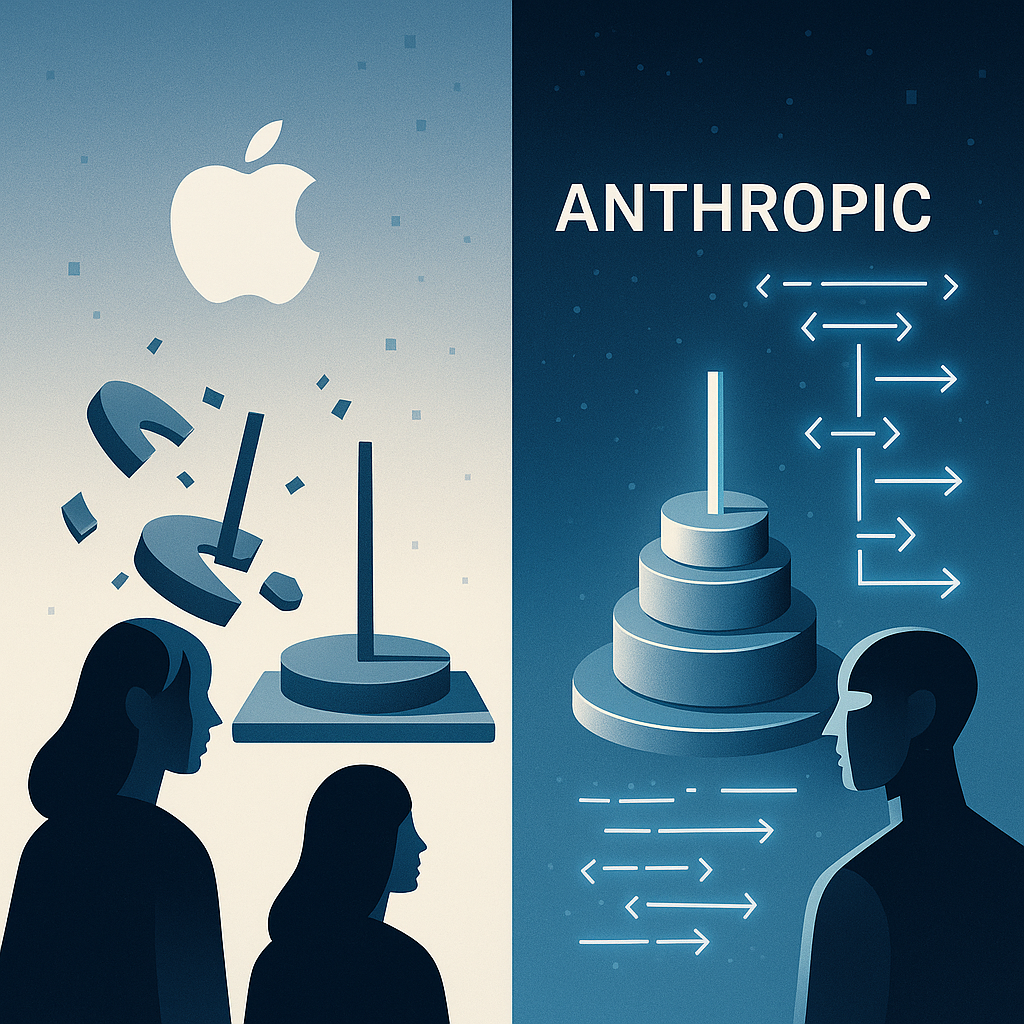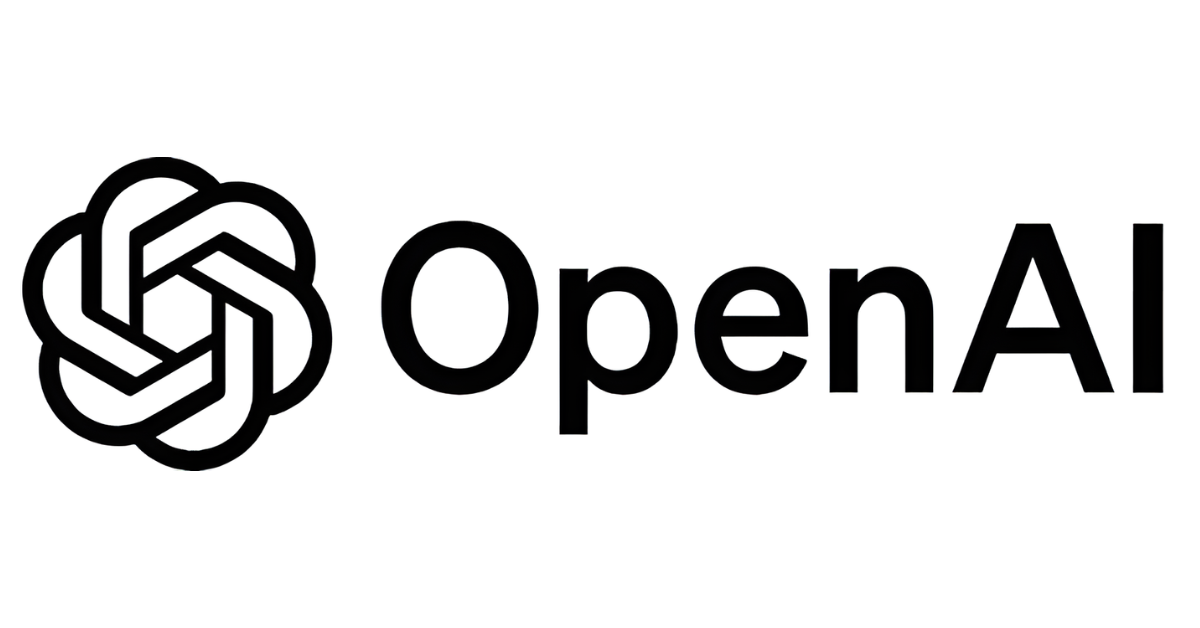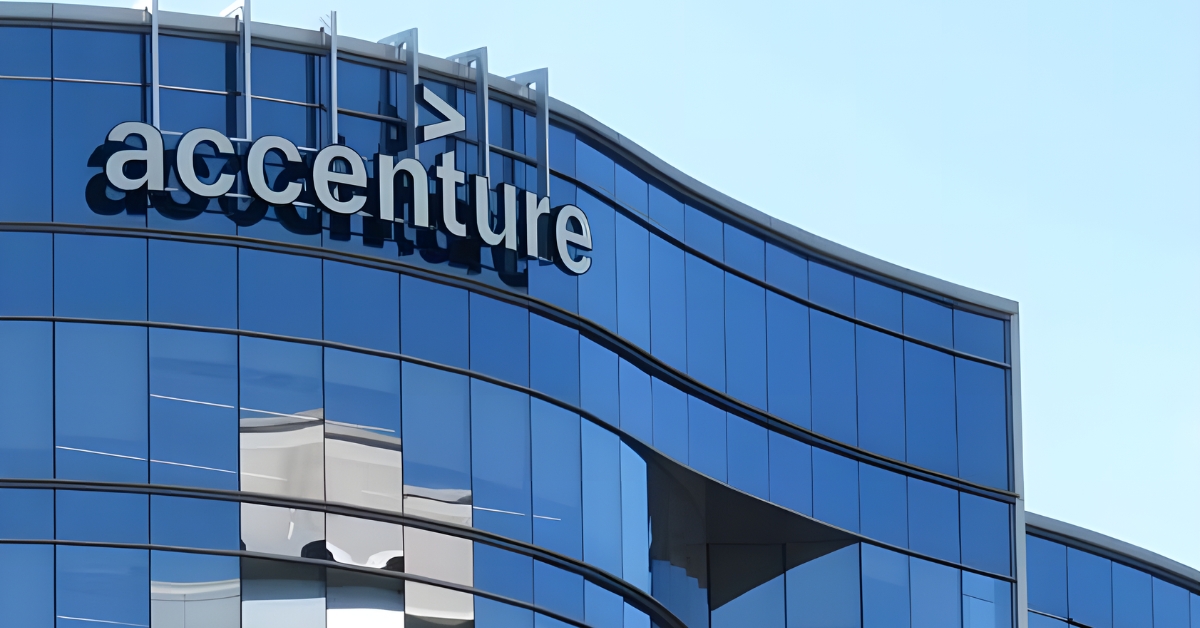A significant workforce reduction at Microsoft, affecting nearly 9,000 employees, is not a story of corporate distress. Instead, it signals a profound transformation within the tech giant. The company is strategically repositioning itself, making a bold pivot toward a future where artificial intelligence dominates, fundamentally altering its own operational fabric and the nature of work itself. This move reveals a deliberate reshaping of the company to lead in the age of AI.
A calculated move, not a crisis
Despite letting go of about 4% of its global staff, Microsoft’s financial health is robust. The company recently celebrated record-breaking profits, with its net income jumping 18% year-over-year and quarterly revenues exceeding $70 billion as per Fortune.
The decision to trim its workforce is a strategic maneuver designed to channel the company’s formidable resources directly into its artificial intelligence goals. A colossal $80 billion is being invested this fiscal year into AI infrastructure, encompassing data centers, specialized chips, and innovative AI tools.
This heavy investment is already reshaping internal processes. CEO Satya Nadella noted that AI is now responsible for writing up to 30% of the code for certain projects, demonstrating how deeply embedded the technology has become.
Consequently, resources are being reallocated, leading to the elimination of roles that can now be automated or significantly augmented by AI. The focus is on sculpting a workforce adept at leveraging these new capabilities, rather than on cutting costs due to poor performance.
Also Read: These popular Spotify artists don’t actually exist and fans had no idea
Who is most affected?
The recent layoffs are notable for the specific roles they target. Rather than focusing on underperforming divisions, the cuts have impacted management, software engineering, and even some leadership positions within the AI teams themselves.
In Washington state, Microsoft’s home base, software engineers accounted for over 40% of the reductions. Product management and legal departments also saw their numbers shrink, reflecting a strategic shift toward leaner teams where AI handles more routine oversight and analytical tasks.
Historically, software engineering jobs were seen as exceptionally secure within the tech world. However, with AI now capable of writing and testing code, the value and structure of these roles are being fundamentally reassessed. This change marks a pivotal moment in the employment landscape of the technology sector.
Part of a larger industry trend
Microsoft’s organizational restructuring is not happening in a vacuum. Other technology titans, including Meta, Amazon, Dell, and Google, have also announced significant layoffs in 2025. These companies similarly point to a need to streamline their operations and intensify their focus on artificial intelligence.
Across the tech industry, more than 22,000 jobs have been eliminated this year alone as companies divert funds from conventional roles toward ambitious AI-driven initiatives.
This pattern indicates a widespread industry adaptation. Companies are remodeling their workforces to become more agile and innovative, with AI serving as the central engine for this transformation.
Also Read: Men are opening up about mental health to AI instead of humans
The human impact and future outlook
For the workforce, this industry-wide shift brings a mix of challenges and fresh possibilities. While jobs susceptible to automation are at risk, new roles are emerging in areas like AI development, ethical oversight, and strategic implementation. Skills that machines cannot easily replicate, such as creativity, emotional intelligence, and the capacity to work alongside AI systems, are growing in demand.
Microsoft’s actions foreshadow a future with a leaner, more AI-integrated workforce. The company is actively moving towards flatter management structures, greater cross-functional collaboration, and an unwavering focus on AI as the primary catalyst for growth.
This strategic direction is poised to influence the entire technology industry, likely prompting other firms to undertake similar adjustments. The message is clear: the workforce of tomorrow must be adaptable and committed to continuous learning to navigate this evolving terrain.





